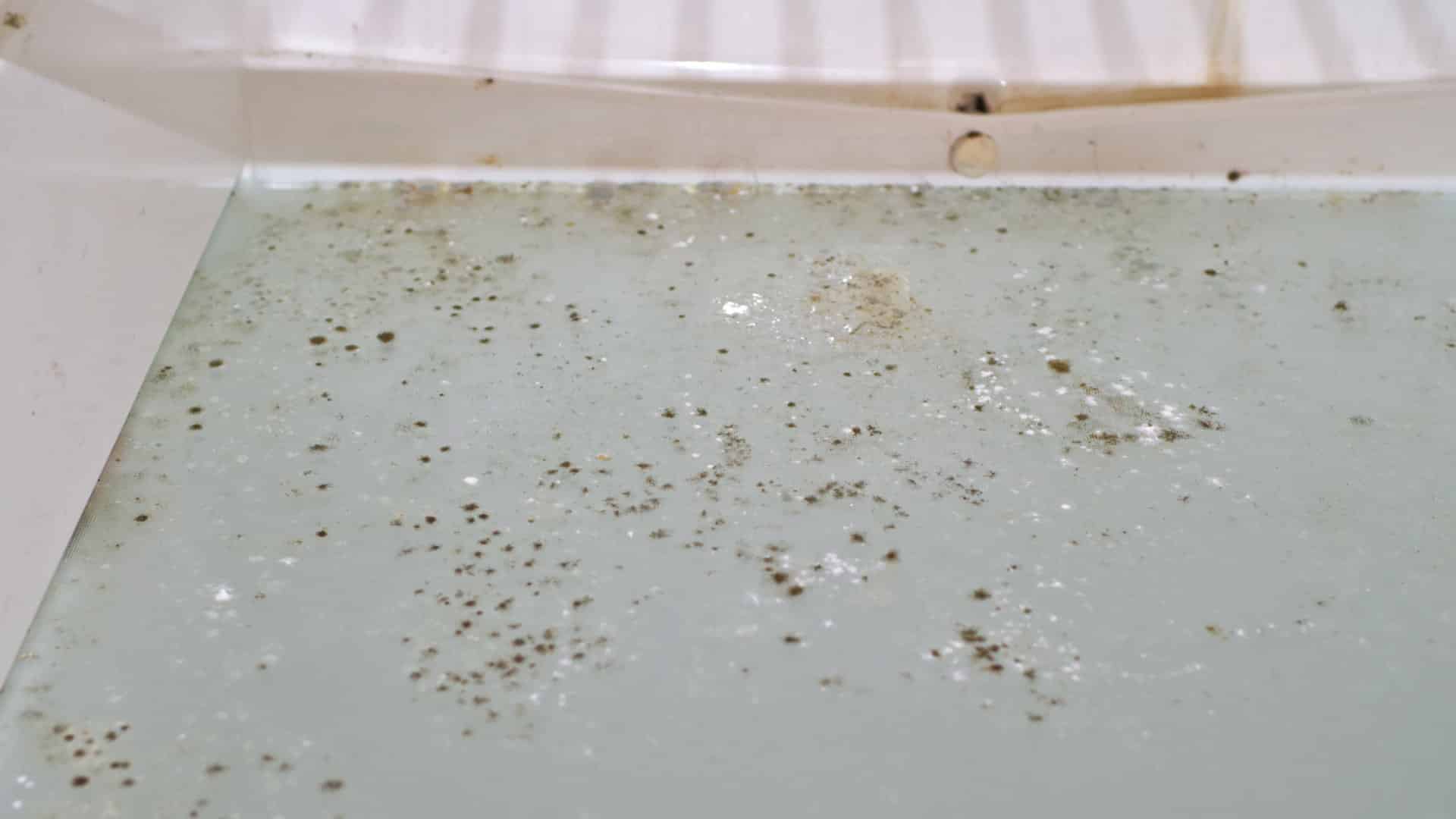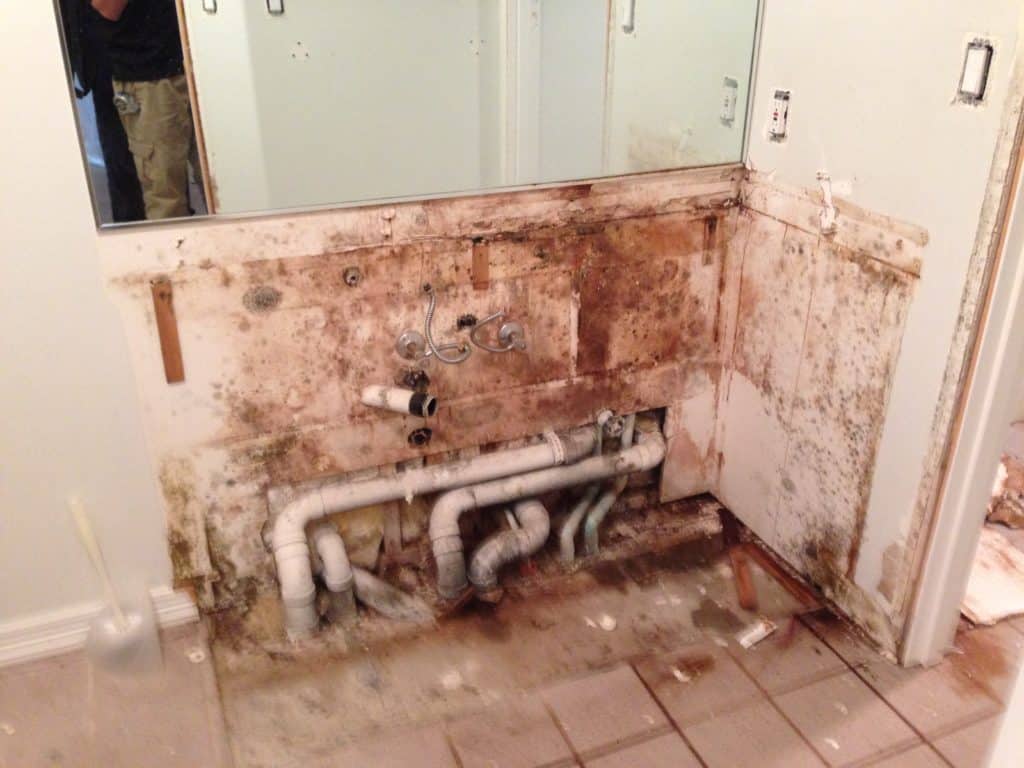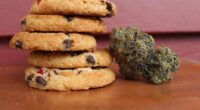In the heart of our homes, the kitchen serves as a sanctuary for culinary creativity and shared meals, yet it can also be a hidden battleground where mold thrives. This insidious fungus, often overlooked, can compromise not just the quality of our food but also our health.
Imagine slicing through a loaf of bread only to find a patch of fuzzy green or uncovering a damp corner where spores silently spread. Its crucial to recognize the implications of mold, as its presence can lead to food spoilage, allergic reactions, and even more serious health issues.
In this article, we will delve into the common sources of mold in kitchens, the risks associated with ingesting contaminated food, and practical steps you can take to keep your cooking space safe and hygienic. Your kitchen should be a place of nourishment, not a hidden source of danger.
Common Types of Mold Found in Kitchens

In kitchens, mold can manifest in several common forms, each presenting its own unique challenges and health risks. The notorious black mold, or Stachybotrys chartarum, often lurks in damp corners or under sinks, having a reputation for producing mycotoxins that can wreak havoc on respiratory health. Meanwhile, Penicillium, typically found on spoiled food and damp surfaces, thrives in conditions where moisture and warmth prevail, releasing spores that can trigger allergic reactions.
Not to be overlooked, Aspergillus species may take root in various kitchen items, from grains to spices, leading to potential contamination of stored foods. And let’s not forget about Cladosporium, which readily appears on wet walls and fabrics, contributing to an unpleasant environment.
Understanding these mold types is crucial, as their presence not only jeopardizes the integrity of your food but also poses serious implications for your well-being.
How Mold Contaminates Food: Signs to Look For

Mold can infiltrate your food in subtle yet alarming ways, often disguised as harmless spots or discolored patches that slowly grow and spread. The first signs of contamination may include a musty odor wafting from your pantry, or tiny black or green specks appearing on bread or fruit.
As you scrutinize your pantry shelves, keep an eye out for any items that seem to have developed a fuzzy coating or an unusual texture, suggesting the insidious presence of mold. Don’t forget that some molds produce mycotoxins, imperceptible to the naked eye, capable of rendering food unsafe even when the mold itself is removed.
Understanding what to look for is vital; from the slightly damp, forgotten leftovers lurking in the back of your fridge to the humidity that fosters mold growth in your kitchen, being vigilant can safeguard your food and health from these unseen threats.
Health Risks Associated with Mold Exposure

Health risks associated with mold exposure can be alarming, particularly in the cozy confines of your kitchen. Mold spores, when inhaled, can trigger allergic reactions in sensitive individuals, manifesting as sneezing, coughing, and even skin irritation.
But the risks extend beyond mere allergies; prolonged exposure might lead to more severe respiratory issues, including asthma and chronic lung conditions. In damp environments, like those often found in kitchens, certain molds such as Stachybotrys chartarum—commonly known as black mold—can produce mycotoxins, which are harmful substances that may wreak havoc on your immune system.
Moreover, the presence of mold can contaminate your food, introducing pathogens that pose further health threats. Thus, maintaining a mold-free kitchen is not just about aesthetics; it’s a vital component of safeguarding your health and well-being.
Conclusion
In conclusion, the presence of mold in your kitchen can pose serious risks to both your food safety and overall health. Not only does mold contaminate food, potentially leading to foodborne illnesses, but it can also trigger allergic reactions and respiratory issues, particularly in sensitive individuals.
To safeguard your kitchen environment, its essential to maintain cleanliness and proper ventilation, along with regular inspections. If you suspect mold growth or simply wish to ensure your kitchen is mold-free, seeking professional help, such as mold inspection in Tampa, can be a proactive step towards creating a healthier living space. Prioritizing mold management will ultimately protect your health and enhance the safety of your meals.




